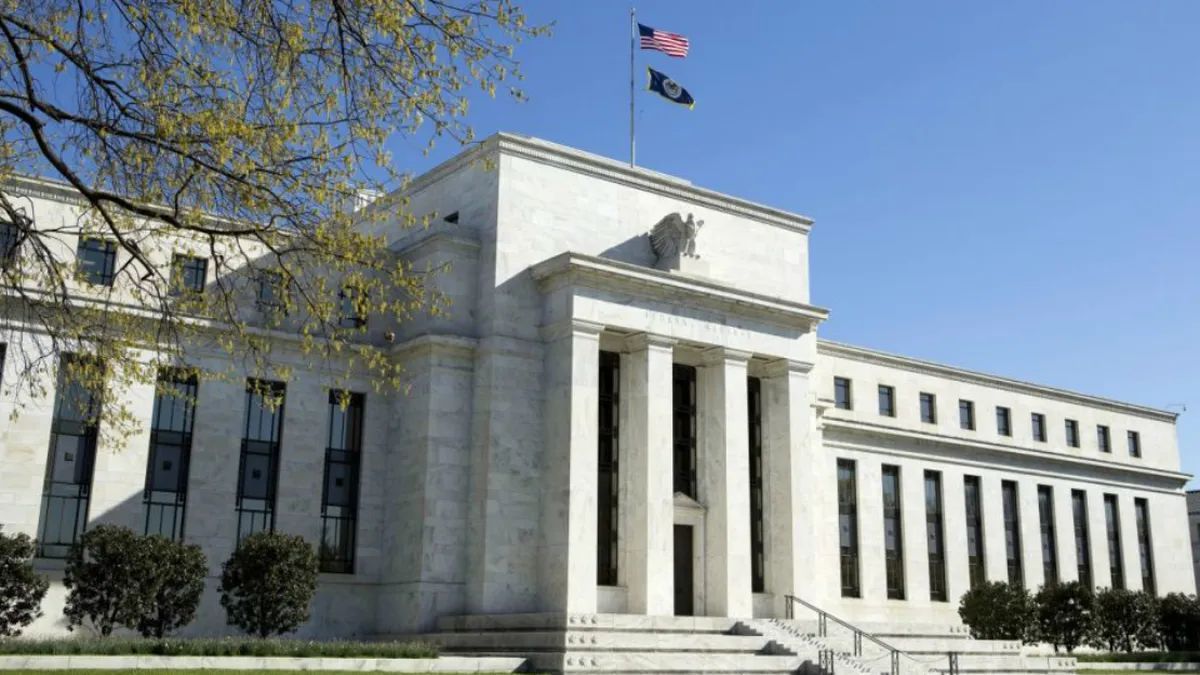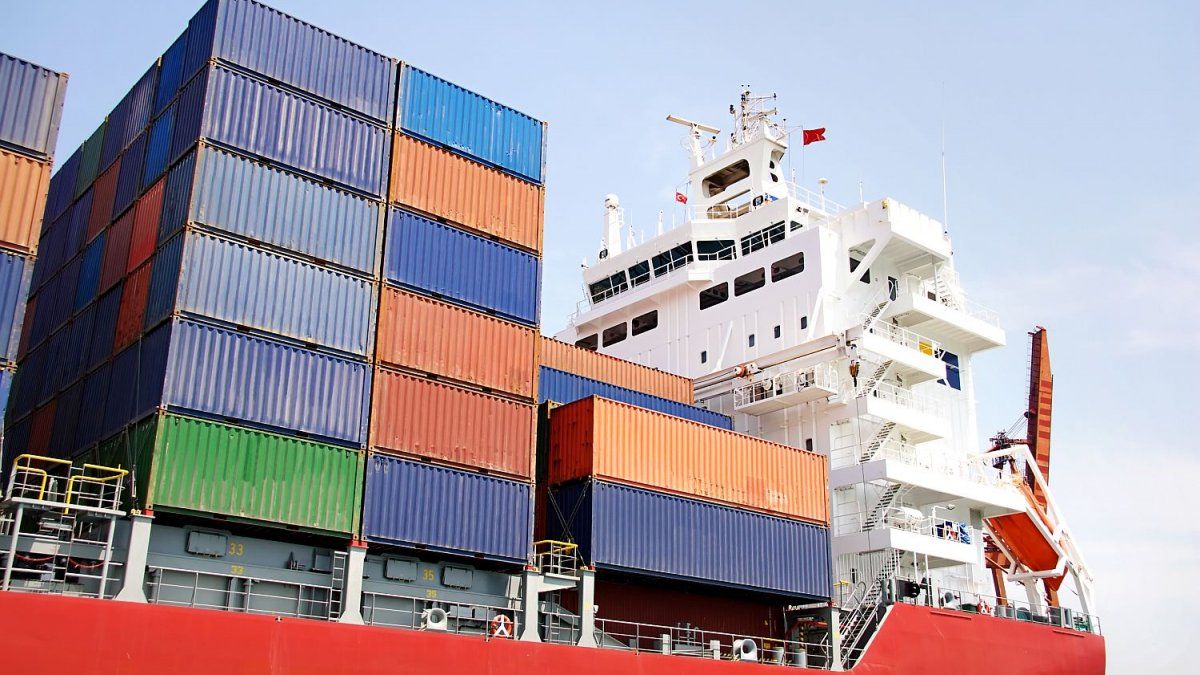In this sense, they indicated that the president of the Fed, Jerome Powell, “will continue to show its concern about high inflation, but also giving confidence with the fact that the US economy and its labor market are still strong enough to continue raising interest rates in 2022 without causing a recession “.
In March, the Fed cautiously raised interest rates by 0.25 percentage point, but it was the first hike since 2018. Speaking to a panel of central bankers on the sidelines of the IMF’s spring meetings, he remarked that it is “absolutely essential” to restore price stability and raise rates “rapidly” for the Fed to fulfill that prerogative.
Other members of the Fed were more explicit in considering that it is necessary to develop an aggressive policy in the face of unrelenting inflation, in a context of very low unemployment and labor shortages that push wages up.
Inflation, exacerbated by the war between Russia and Ukraine, is at its highest level since the early 1980s. It rose 6.6% in the 12 months to March in the United States and prices rose 0.9% between February and last month, according to the PCE index – the one the Fed tracks – released Friday by the Commerce Department.
The discussions will be intense. In addition to inflationary pressures, also fueled by the lockdowns in China that accentuated supply problems in the world, growth is slowing down all over the planet.
The Fed’s challenge is to moderate demand without stopping it completely, since consumption is the main engine of US growth, whose GDP contracted 1.4% in the first quarter in annual projection (the figure estimated in 12 months if the conditions were maintained at the time of measurement).
The impact in Argentina
Federico Furiasedirector of Anker Latin America consulted by Ambit, He maintained: “The movement in the market is of a rise in bond rates because a more restrictive Fed is expected in the monetary area, with new rate increases to control inflation. This generates an expectation of lower economic growth. And this greater financial volatility in global markets can generate contagion in emerging markets, and in Argentina in particular”.
In this line, Furiase warned about possible exchange pressures, since “in the face of these measures, emerging currencies are at risk of depreciating against the dollar, which may complicate the competitiveness of the exchange rate in Argentina, something that was cushioned by the appreciation of the real against the dollar, given that the Central Bank of Brazil was very aggressive in raising rates”.
Isidro Guarducci, an economist associated with FIEL, highlighted the increase in the cost of borrowing in the future: “Being a global reference rate, the rate standard is raised and any country that needs financing will have to pay higher rates. This affects both the public and private sectors, since it has an effect on the debt to be issued”.
In the case of Argentina, Guardaucci added that “the public sector is going to borrow in a world of more expensive rates, so the weight of the debt and the financing needs increase.” And he pointed out that “if the United States pays the same rate, investors will probably prefer it to a country as risky as Argentina, so it can increase the withdrawal of capital.”
Source: Ambito
David William is a talented author who has made a name for himself in the world of writing. He is a professional author who writes on a wide range of topics, from general interest to opinion news. David is currently working as a writer at 24 hours worlds where he brings his unique perspective and in-depth research to his articles, making them both informative and engaging.




